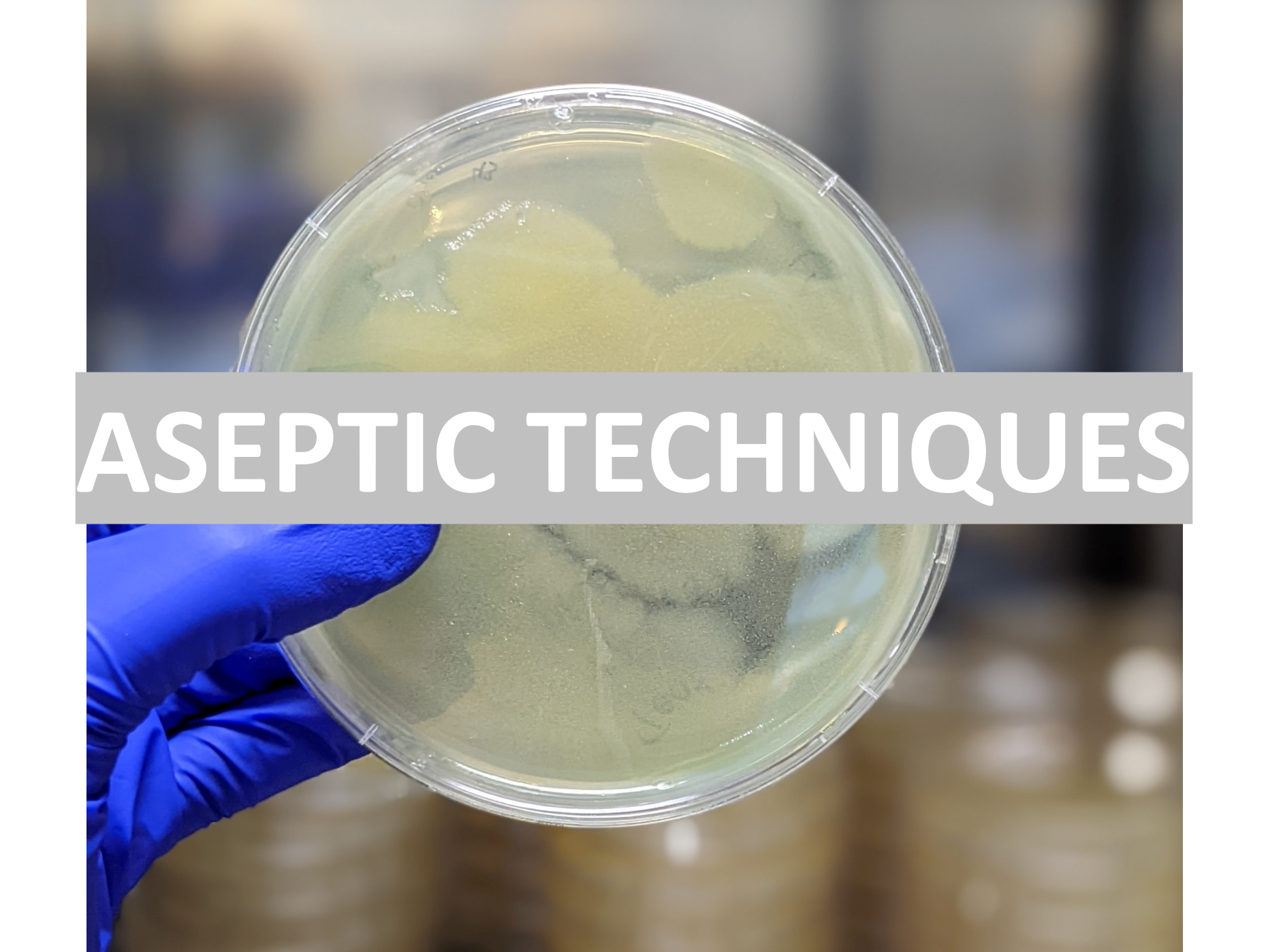
Maintaining a clean,
disinfected and organized laboratory is crucial to avoiding contamination.
Aseptic technique is one of the most important practices a Microbiologist can
use to minimize contamination.
What is aseptic
technique?
Aseptic technique is a
set of practices used in microbiology when handling microorganisms or other
biological material to prevent sample contamination by microorganisms in the
environment. These practices also provide basic personnel protection from
exposure while handling biological material.
Aspects of aseptic
technique are crucial when performing microbiological testing. Some tests
include, but are not limited to:
1.
Sterility
Testing per USP 71 or ISO 11737
2.
Sterilization
Validation Studies
3.
Disinfection
Validation Studies
4.
Microbial
Enumeration Test per USP 61 and USP 62
5.
Neutralization
Studies
6.
Method
Suitability Test, also known as Bacteriostasis and Fungistasis
7.
Bioburden
Testing
The Canadian Biosafety
Handbook provides guidance on good microbiological practices. The aim is to protect
laboratory personnel and the environment as well as to safeguard the sample
against environmental contaminants. Negative controls are included in
microbiological testing to verify the absence of contamination and demonstrate
that the method does not produce false-positive results.
Here are a few tips to
prevent contamination in the laboratory:
1.
Laboratory
personnel training
2.
Good
Microbiology Practices
3.
Personal
Protective Equipment and Hand Hygiene
4.
A
biosafety program
5.
Use of a
Biological Safety Cabinet for microbiological work
6.
Rigorous
housekeeping, cleaning and disinfection procedures
7.
Continuous
improvement of protocols and practices
Laboratory
contamination can significantly impact the accuracy of results. By adopting good
microbiological practices and best practices in identifying sources of
laboratory contamination as well as implementing corrective and preventative
actions, SteriLabs aims to provide the highest standards of accuracy and
reliability in our results.
My SteriLabs Experience as an Interdisciplinary Biochemistry and Microbiology Intern. Blog post by Natasha Tal.
September 22, 2025
Microbiologist / Study Lead (Sterilization, Sterility Testing & QMS) — 24-Month Term
September 18, 2025
Media fill testing: Ensuring Aseptic Processing for Client Projects and Licence Applications. Blog Post by Natasha Tal
August 22, 2025